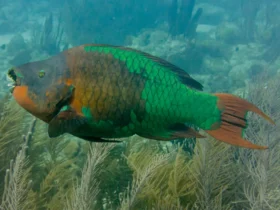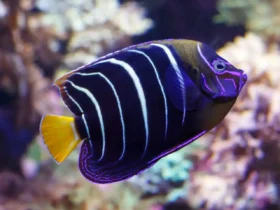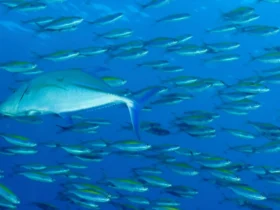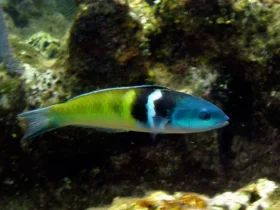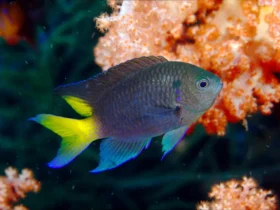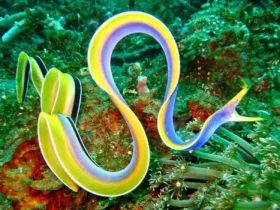In the warm, azure waters of the Indian Ocean and the Western Pacific, a strikingly beautiful and highly sought-after fish reigns supreme—the Lutjanus sebae, commonly known as the African Red Snapper or Emperor Snapper. With its vibrant coloration, impressive size, and delectable flesh, this majestic creature has become a prized catch among anglers and a coveted delicacy in culinary circles. Let us explore the captivating world of Lutjanus sebae and discover the remarkable characteristics that make it an icon of the seas.
Lutjanus sebae images
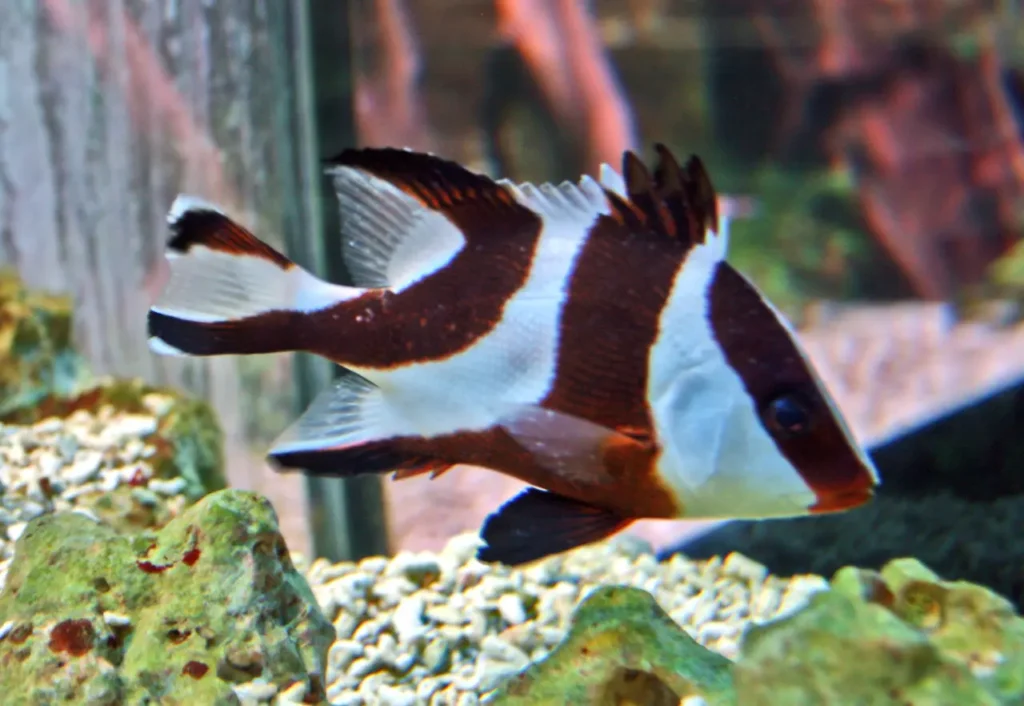
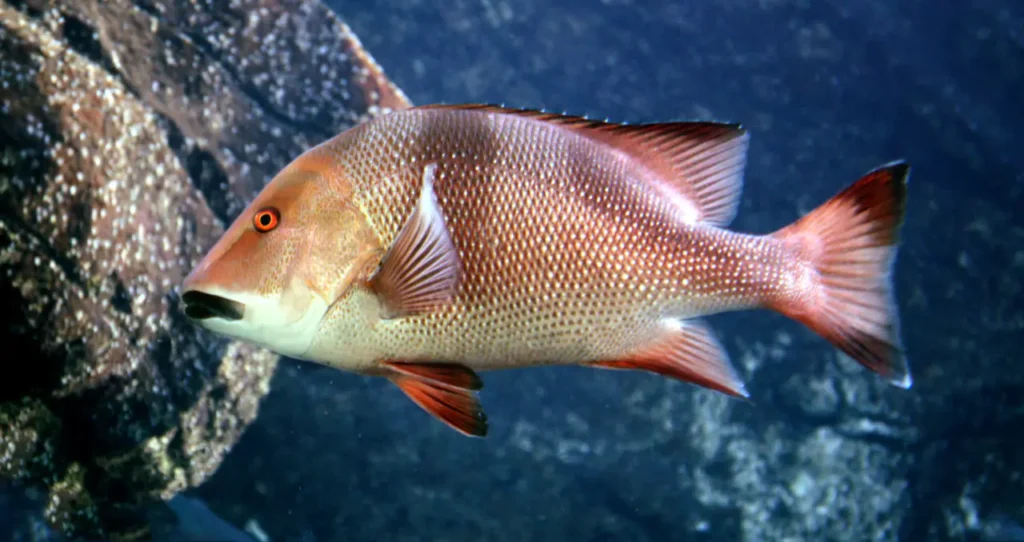
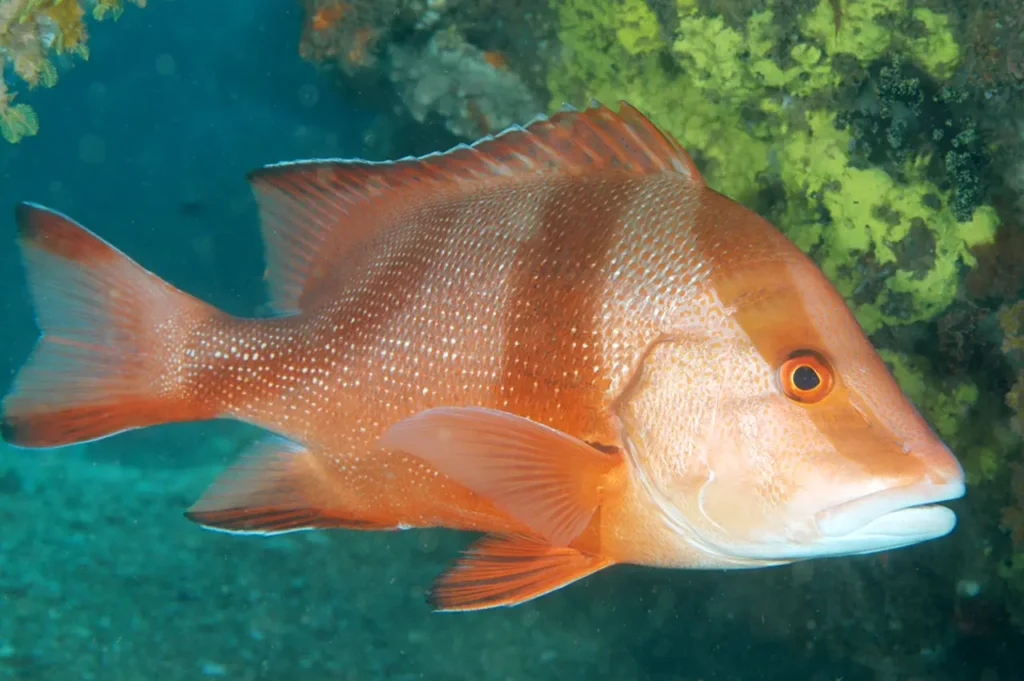

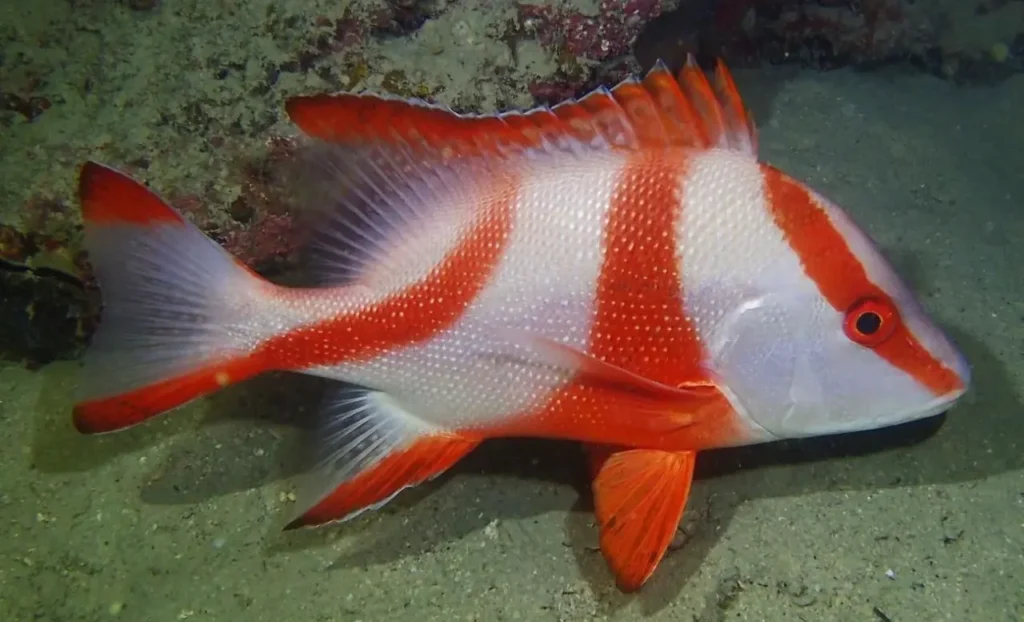

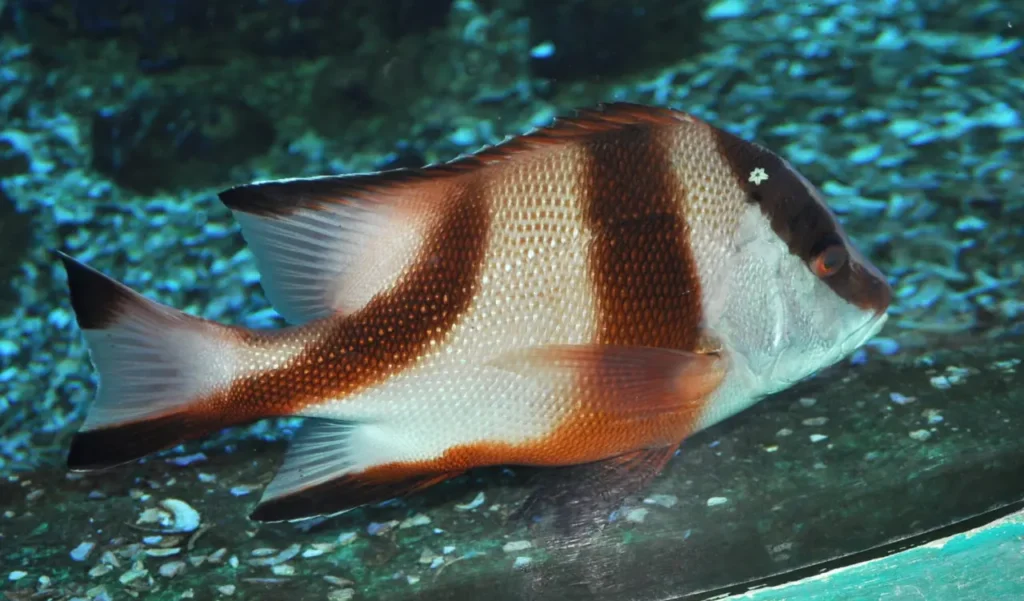
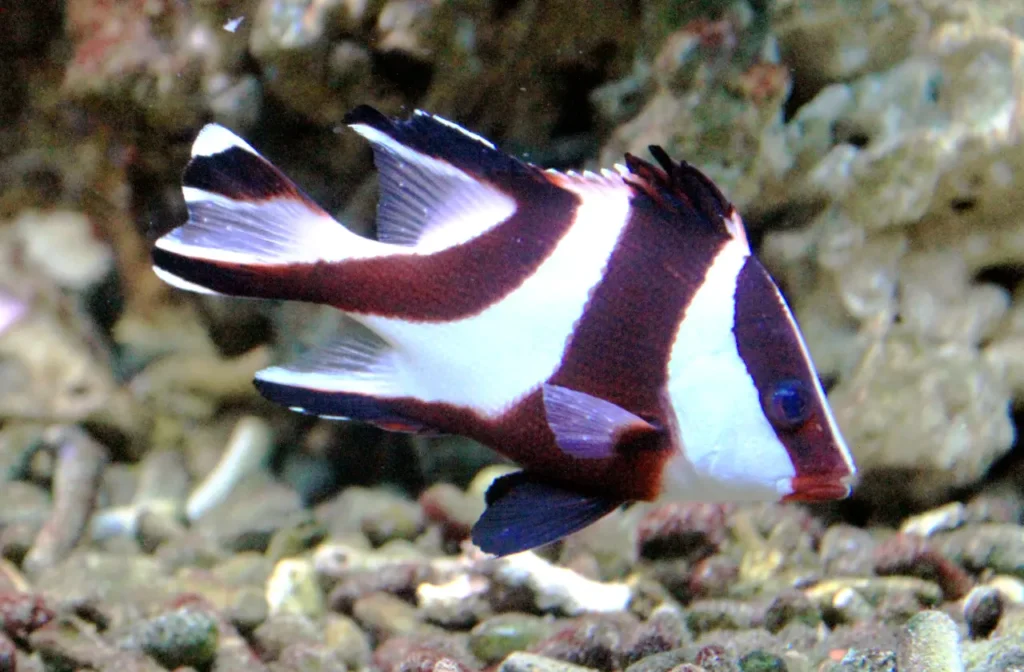


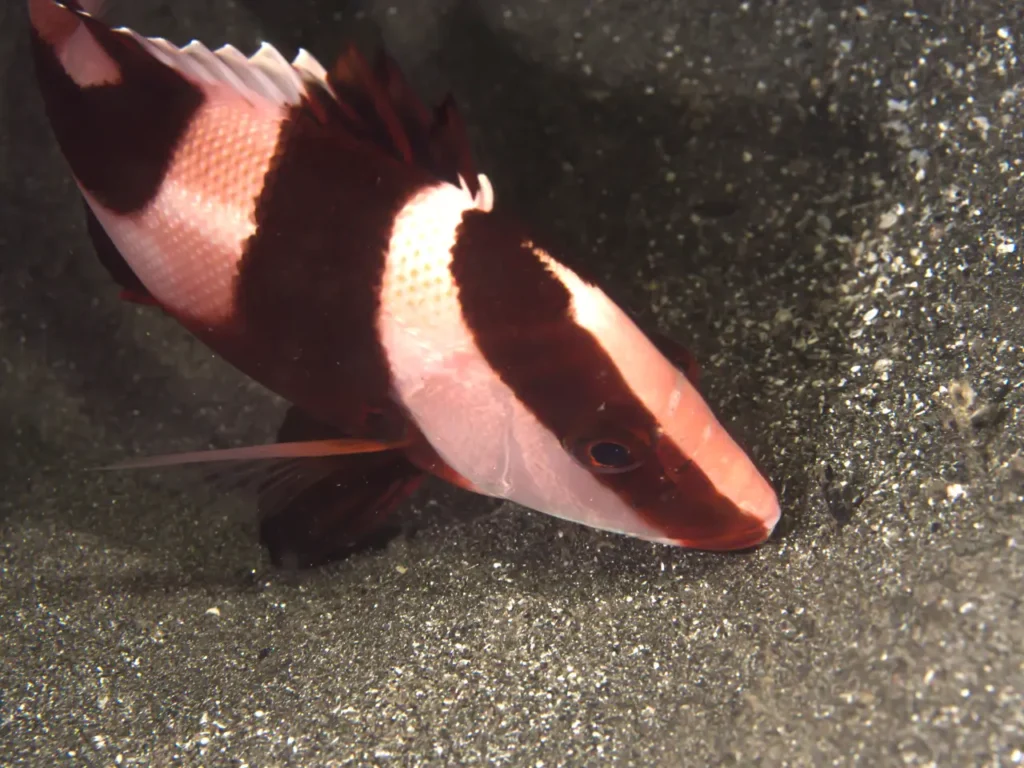
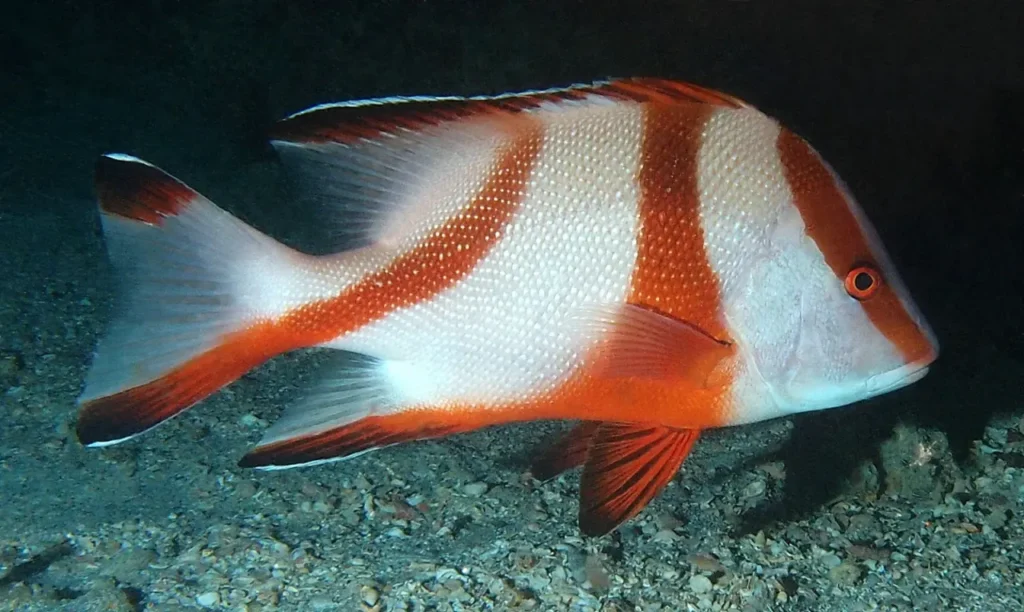
Appearance and Characteristics
The Lutjanus sebae is a member of the Lutjanidae family, known for their stunning colors and elongated, laterally compressed bodies. This species is renowned for its grandeur, reaching an impressive length of up to 120 centimeters (47 inches) and weighing as much as 25 kilograms (55 pounds). It possesses a robust frame with a prominent, deeply forked tail and a large mouth filled with sharp teeth.
What distinguishes the African Red Snapper is its awe-inspiring coloration. Its body is predominantly deep reddish-pink, accented by vibrant blue lines and markings that adorn its head, scales, and fins. The intensity of these colors can vary, with brighter hues often displayed during periods of aggression or courtship.
Habitat and Distribution
The African Red Snapper inhabits the coastal regions of the Indian Ocean and the Western Pacific. Its range spans from the eastern coast of Africa, including the Red Sea and the Arabian Sea, to the waters of the Indo-Pacific, including the Maldives, Seychelles, Madagascar, and Indonesia. It is most commonly found in reef systems and rocky habitats, seeking shelter among crevices and coral formations.
These snappers thrive in warm, tropical waters and are often encountered at depths ranging from 30 to 150 meters (100 to 500 feet). They are known to form aggregations near underwater structures, such as seamounts and shipwrecks, where food sources are abundant.
Diet and Feeding Habits
Lutjanus sebae is a carnivorous predator with a diverse diet. Juveniles feed on small crustaceans, worms, and planktonic organisms, while adults become opportunistic hunters, preying on a range of fish, crustaceans, and cephalopods. They possess sharp teeth and powerful jaws, allowing them to capture and consume their prey with ease.
Their feeding behavior often includes ambushing unsuspecting prey or pursuing smaller fish in open water. The African Red Snapper’s exceptional speed and agility make it a formidable predator, allowing it to strike with lightning-fast precision.
Reproduction and Life Cycle
Little is known about the specific reproductive habits of Lutjanus sebae, but it is believed to follow a similar pattern to other snapper species. They are known to spawn in large groups, releasing vast quantities of eggs into the water column. The eggs then hatch into larvae, which drift with the currents and eventually settle in shallow coastal areas, where they transform into juveniles.
As the African Red Snapper grows, it moves into deeper waters, joining adult populations near reef structures and rocky habitats. The longevity of this species remains unclear, but it is estimated to live for several decades.
Conservation and Fisheries
Due to its popularity as a food fish and its impressive size, the African Red Snapper faces significant fishing pressure throughout its range. Overfishing and destructive fishing practices, such as bottom trawling and dynamite fishing, pose substantial threats to their populations and the overall health of marine ecosystems.
Efforts to sustainably manage and conserve Lutjanus sebae include implementing fishing quotas, size limits, and seasonal restrictions. It is vital to enforce regulations and support responsible fishing practices to ensure the long-term viability of this magnificent species.
An Icon of the Seas
The Lutjanus sebae, with its vibrant colors, impressive size, and ecological significance, is a true icon of the seas. Its beauty and importance extend beyond its aesthetic appeal, playing a crucial role in maintaining the balance and biodiversity of coral reef ecosystems. By appreciating and protecting the African Red Snapper and its habitat, we can contribute to the preservation of marine life’s splendor and the sustenance of our oceans for generations to come.
